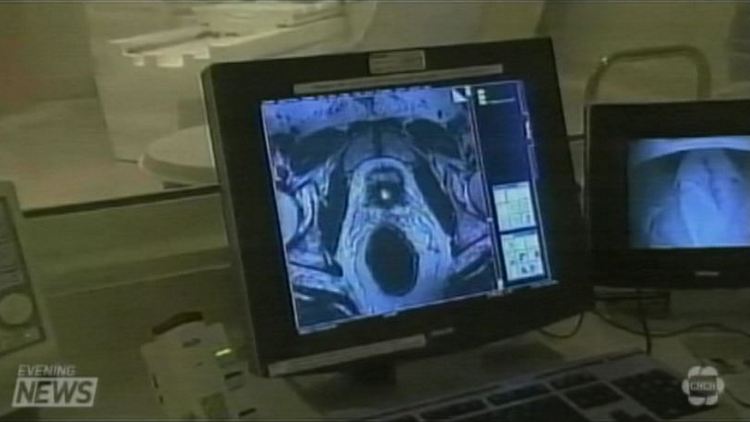
LATEST STORIES:


Prostate cancer affects one in every eight men, but because it’s usually slow growing, patients have to make a lot of decisions about screening and treatment.
The Canadian Task Force on Preventative Health recently suggested one of the most common screening methods should be discontinued. But some prostate specialists are pushing back against that recommendation.
The task force is basically saying that the test, called Prostate Specific Antigen or PSA, screening puts men through unnecessary harm because it sometimes gives a false positive result. On the flip side, advocates for the test say the benefit of catching prostate cancer early outweighs that downside.
Juravinski Cancer Centre Oncologist Dr. Ian Dayes realizes not all men will choose to have a PSA test. But he wants them to at least make an informed decision: “So that they understand the potential roads they might be on down the line, depending on a positive or a negative result.”
If your test is positive, you’ll have to decide whether to have a biopsy. And even those results can be misleading.
Dayes: “Sometimes they’ll find a tumour that is just a very small amount, very slow growing. And sometimes, it’s only a little needle poke. Sometimes you potentially actually miss some disease that is there.”
When Bob Allan was diagnosed 14 years ago, his biopsy revealed a small, but quickly growing tumour. And he’s glad he caught it early: “It gives you options. You can have different choices on treatments.”
He opted to monitor the tumour. Eventually, he had radiation and has been cancer free for over a decade.
But even research on the best prostate cancer treatment is inconclusive.
Surgery to remove the prostate and radiation can both cause sexual dysfunction and difficulty urinating.
Allan: “Those can alter your lifestyle considerably. And not everybody gets those side effects, but a lot of people do.”
For many men, their tumours don’t require either method. Careful monitoring is often enough.
The bottom line — it’s best to educate yourself before you choose whether or not to screen, so you don’t have to make a decision under pressure.
The other screening method for prostate cancer is a digital exam. A doctor puts a finger up the rectum and feels for lumps in the prostate. But by the time a tumour can be detected that way, it’s usually fairly large.
If you need help deciding how to screen, talk to your doctor. And if you or someone you know has prostate cancer, you may find some local groups such as these helpful:
Niagara Community information Database
Halton Community Services Database